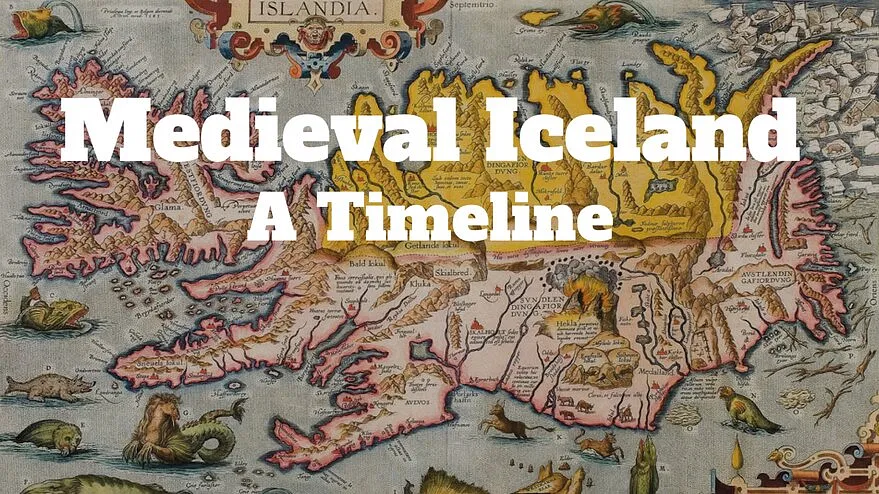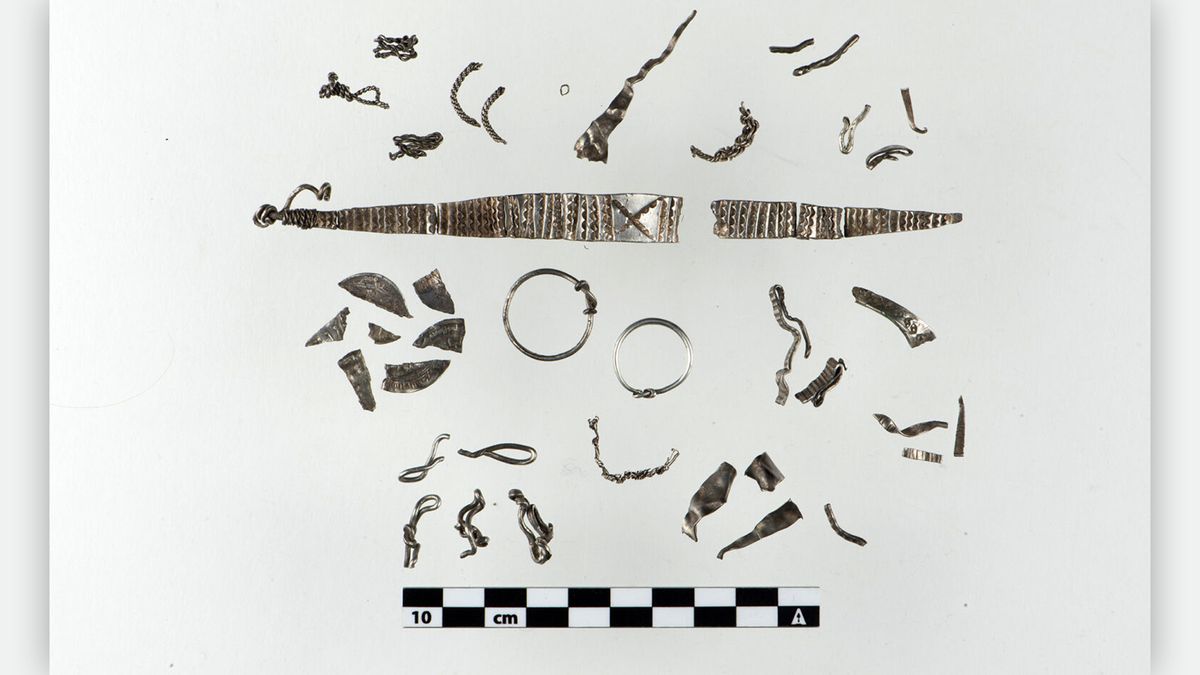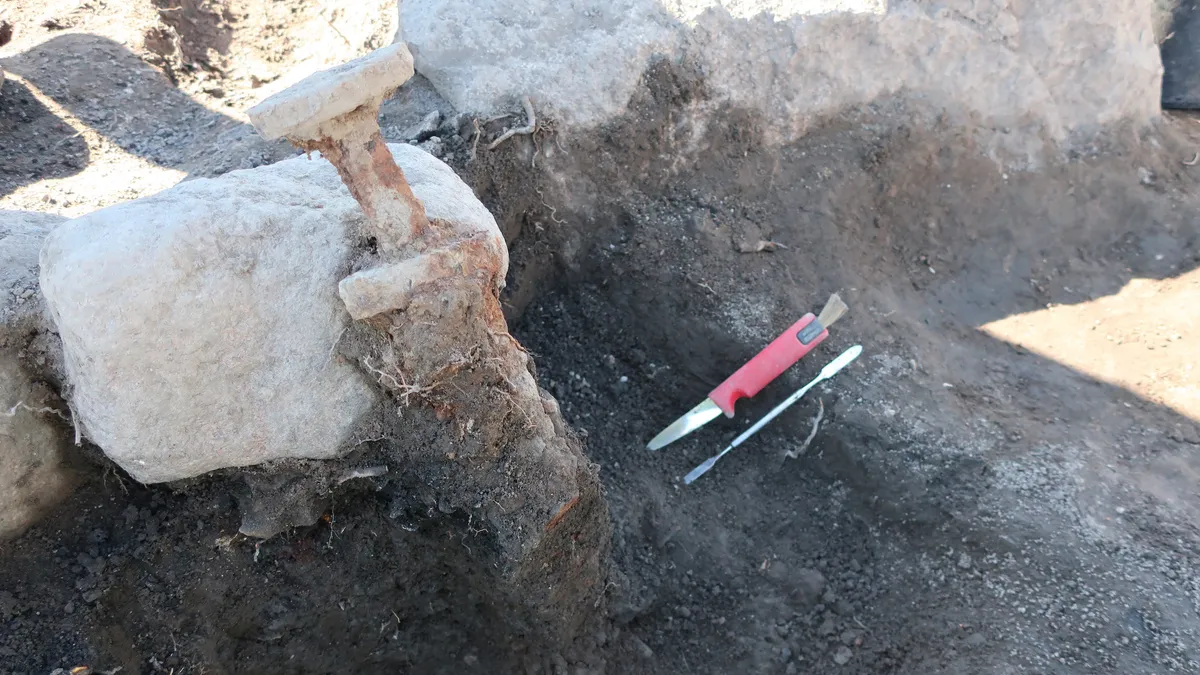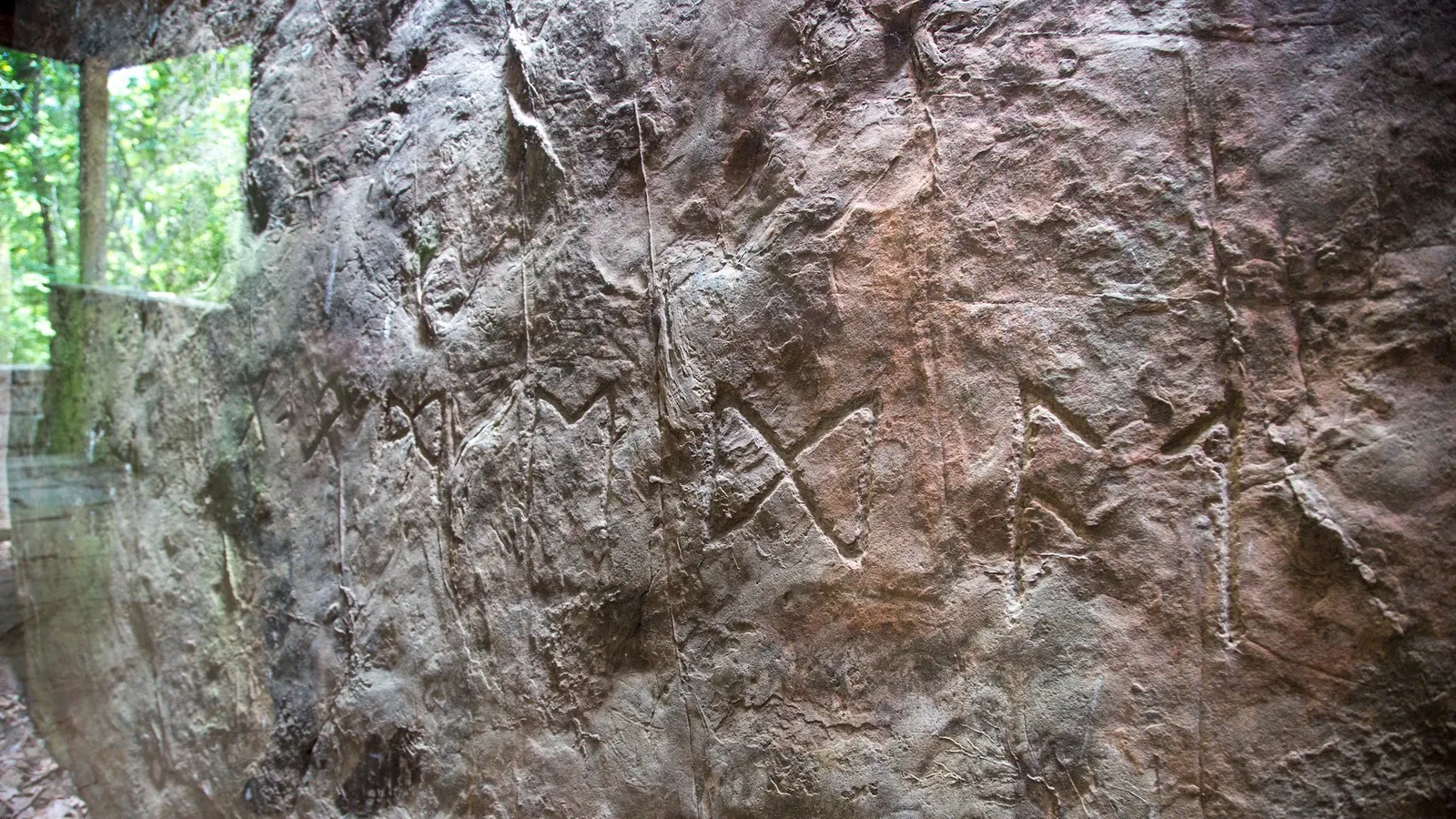
A look at the events and history of Iceland between the ninth and fifteenth centuries.
Iceland’s history begins with its exploration and settlement, with a unique type of nation forming. By the mid-thirteenth century it would suffer its own civil war and then come under the control of Norway (and later Denmark). During the later Middle Ages, Iceland would be hit hard by natural disasters and plague.
Early-ninth century – a few Irish monks are the only inhabitants of Iceland
860 – a Norse sailor named Naddoðr gets lost while sailing to the Faroe Islands. He lands in Iceland and explores the territory for a short time before sailing back to the Faroes. He names the land Snæland (Snowland).
Read the rest of this article...


:focal(512x317:513x318)/https://tf-cmsv2-smithsonianmag-media.s3.amazonaws.com/filer_public/7d/4c/7d4ce56f-832a-431a-abea-d9076e679a5b/silverskatten-foto-acta-konserveringscentrum-1-1024x630.jpeg)


